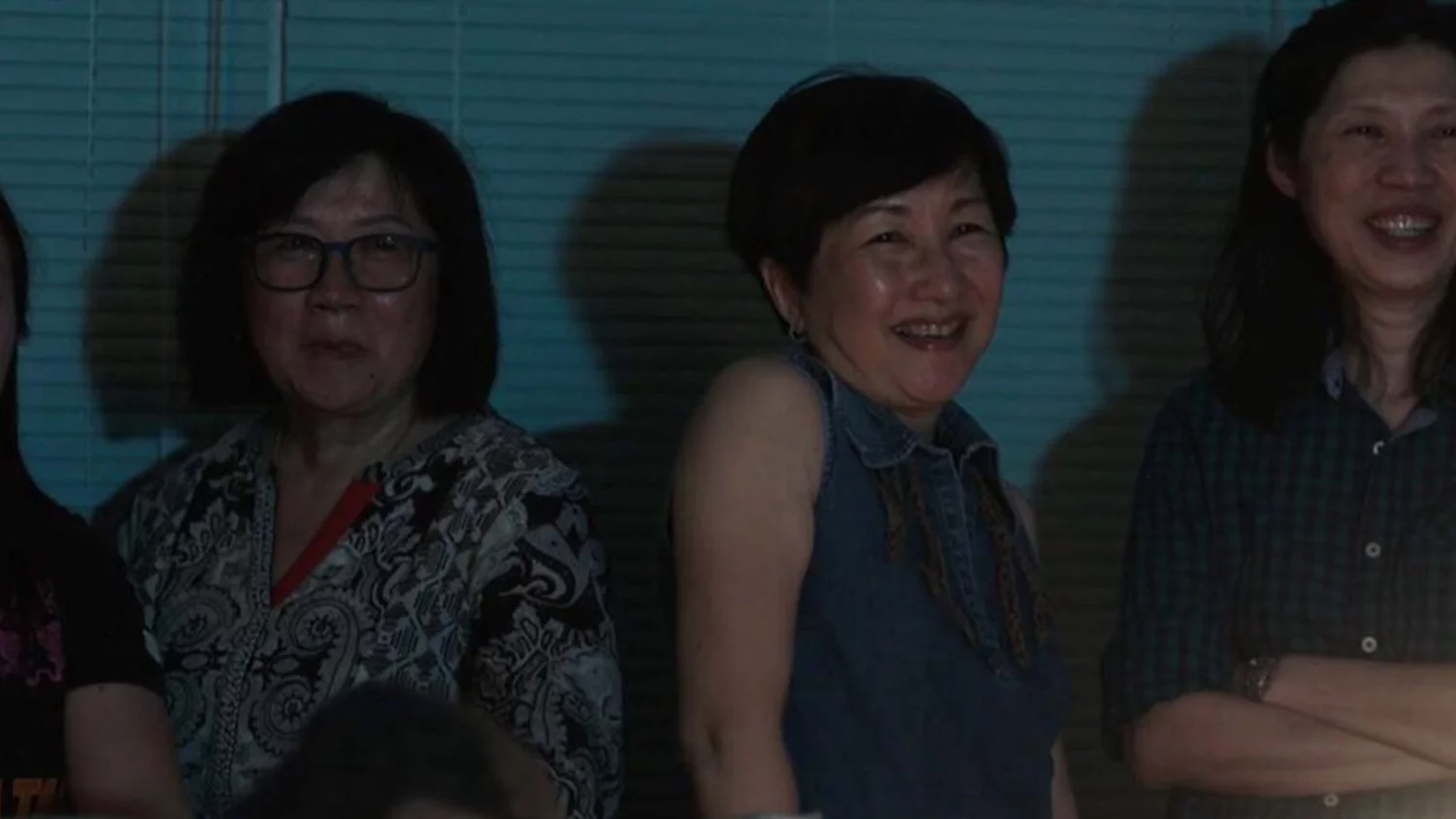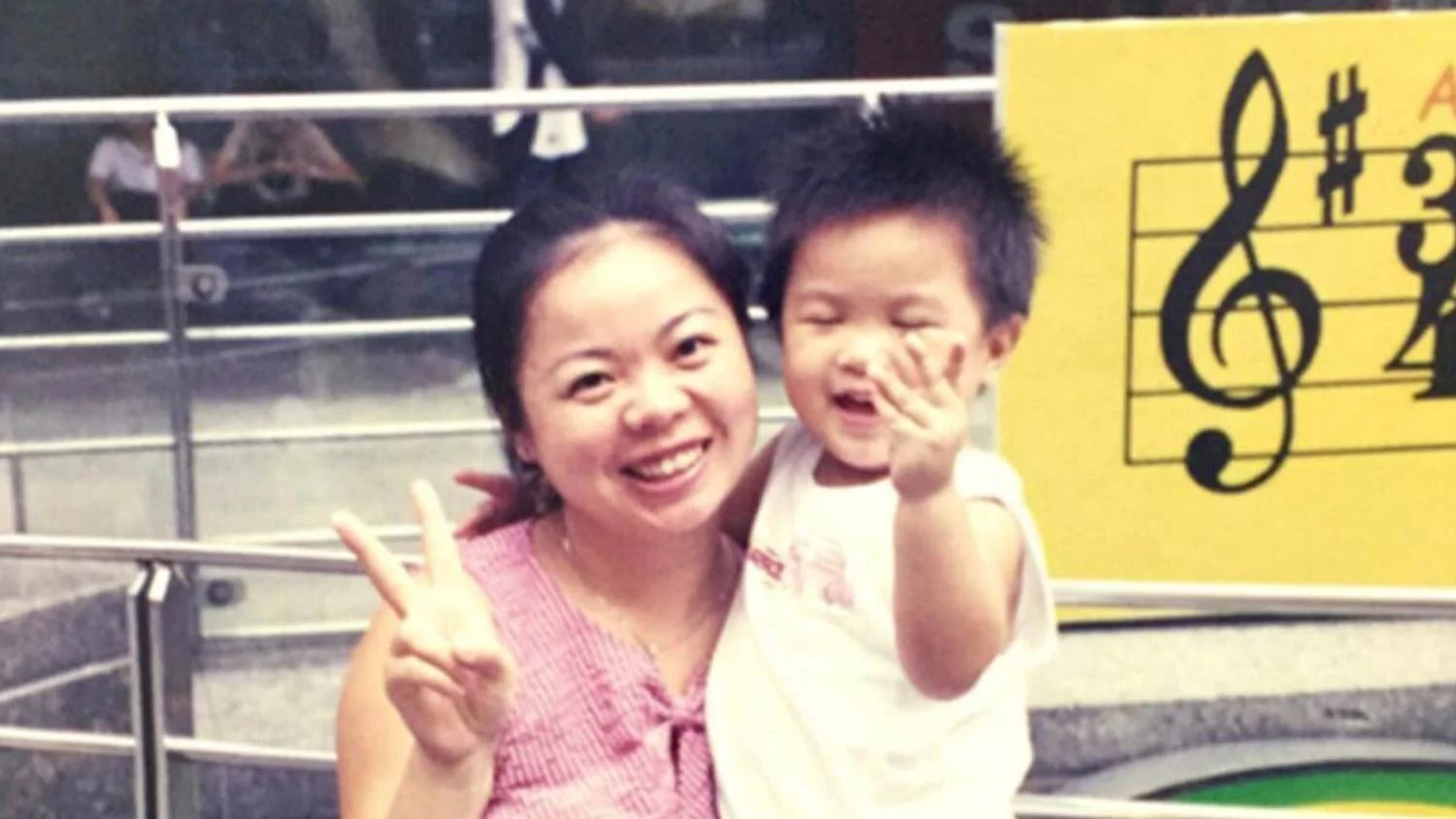A Vast Edifice of Memories: Film as a Medium to Record History
By Daryl Cheong and Siobhan Tang

“Between 7000 – 13000 Filipinos have been killed in Duterte’s Drug War”, Source: The Atlantic, 24 August 2017, Image Source: CNN, 2017

Anup Singh and Waheeda Rehman at the screening of The Song of Scorpions
In the fast-moving modern age, the experiences of today swiftly transfigure into memories, into a gradually forgotten past, and then into obliteration as more experiences quickly threaten to undo the permanence of our memories. The past becomes significant, then turning into nothingness. And yet in the construction of who we are, as a society or as individuals, the past remains a fundamental ingredient for reflection, self-understanding, and growth. Therefore, we have to resist the waves of overwhelming new experiences that seek to wash away our memories of the past. In the book Memory and History in East and Southeast Asia, Gerrit W. Gong writes aptly that Southeast Asia is “rewriting its histories”, focusing on the pride and achievements while neglecting and forgetting the terrible and the traumatic, or rather, the undesirable. At a time of rapid development and changes, it becomes more crucial than ever that history is recorded before it becomes forgotten history – an oxymoronic term that highlights the prevalence of negligence towards a part of our identity that should otherwise be remembered. As our national histories become washed away with time, so too do the many individuals and stories that constitute these national histories. What is lost, then? Not just the bigger histories of an entire nation, but the very past that makes up who we are as individuals too. Against the prodigious statistics of “nine million” and “thousands”, our stories are submerged beneath blanket numbers and waves of forgetting. Film, therefore, becomes a more than adequate medium to record histories – both personal and national. Russian filmmaker Andrei Tarkovsky wrote in his book Sculpting in Time that film creates “a vast edifice of memories” able of capturing the complex and colossal magnitudes of memories, past and present, allowing history to be memorialized and remembered. In this same vein of creating “a vast edifice of memories”, filmmakers Carlos Fajarda and T-Thawat Taifayongvichit have no doubt fulfilled what Tarkovsky defined as one of the principle purposes and functions of film. In their short films, Suerte and 83 Soi Soonvijai 14 respectively, these filmmakers call to attention the history of individuals against the backdrop of ever-changing national histories. Beyond being submerged in one of the thousands affected by Duterte’s Drug War, Suerte tells the personal stories behind the mere statistics. Through the form of a documentary, the relationship between brothers is portrayed in a way that blurs the line between reality and fiction, creating an uncomfortable and disturbing experience for the audience. Audiences begin to realise that this story, while ostensibly about just another Drug War or another casualty, is actually one of reality and must urgently be heard. Through the filming of the small moments that are unreported or neglected, our personal histories are captured – that we, like the characters, are more than mere statistical fact, but individuals with a soul and experience that cannot be ignored. Film, therefore, being more than a “project” the documentarians must complete, is also a crucial marker of a story that would be forgotten or unheard. “Film captures the intricacies of human emotion and connection often lost or forgotten in the representation of Southeast Asian history”, Image Credit: Suerte, dir. Carlo Fajarda, 2017 In 83 Soi Soonvijai 14, Taifayongvichit uses the protagonist’s wife’s dementia as a literal symbol for the dementia of a greater society that forgets. On a literal level, the story centred on the husband recreating past memories for his ailing wife is a moving portrayal of the effects recorded history can have on others. Yet on a symbolic level, the use of film to recreate memories and history in 83 Soi Soonvijai 14 pays tribute to Tarkovsky’s statement: “Film resists the forgetting so prevalent today and reminds us of history, leaving the audience moved and reminded.” The fact that the root word of history is ‘story’ reminds us that history is more than just recorded events or incidents across time. Infact, 83 Soi Soonvijai 14 shows us that through the tears and smiles of family members, each recorded event is constituted by even more events and experiences personal to us that often get forgotten, but can be captured and memorialized in film. We are audience to more than just a family on-screen but the effects that film has on an audience too. Our personal history contains an inexplicable beauty that does not need to be clothed in extravagance – perhaps, we need to be reminded of the importance of individual memory and identity before these gems are washed away from our shores.

“Film as offering an elevated sense of remembrance in relieving history otherwise forgotten”, Image Credit: 83 Soi Soonvijai 14, dir. T-Thawat Taifayongvichit, 2017
As I sit now with a cup of Mocha Latte struggling with Southeast Asian History for my upcoming ‘A’ Levels, daunted by the sheer amount of memorization to an essay question (“How far has democracy taken root in independent Southeast Asia in the period up to 1997?”), I’m left wondering that beyond the facts and figures of the 8888 Revolution, the People Power Revolution, or the battle at Dien Bien Phu, what were the stories that constituted these historic moments? What were the sacrifices they made? Who were these people? Fajarda and Taifayongvichit have not only allowed the stories of their protagonists to be remembered and celebrated for as long as cinema will stay relevant in our region, they have reminded us, through the vitality and significance of film, that we matter, that we must never forget the past that constitutes our identity, and that we all have a vast edifice of memories to share.

“The proportion of household headed single parents among all resident households remained fairly stable at around 7% between 2000 and 2014”. Source: Families and Households in Singapore, 2000-2014, Ministry of Social and Family Development) Image Credit: Daryl Cheong, 2003

